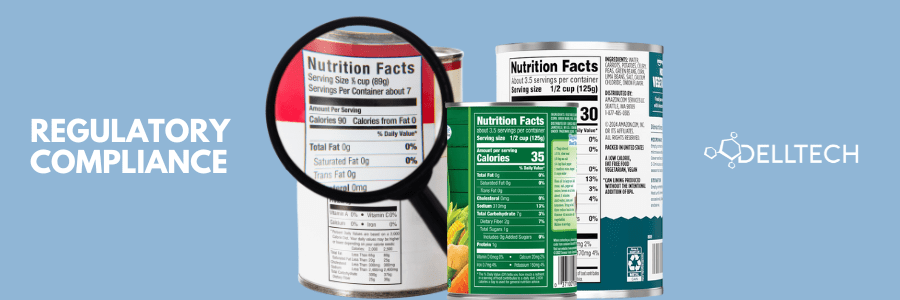By: Sarah D’Melo, email
Notice of Intent: Amendments to Canada’s Toy Regulations
Health Canada has recognized an opportunity to modernize the Toy Regulations as part of its continuous efforts to review the existing regulations under the Canada Consumer Product Safety Act (CCPSA). Health Canada has proposed amendments to the current Toy Regulations.
The proposed amendments aim to strengthen existing regulations, taking into account emerging risks and technological advancements. These changes will help safeguard children from potential hazards associated with toys, such as choking, strangulation, and exposure to harmful substances.
Proposed Amendments
The proposed amendments encompasses 7 different aspects of the regulation:
- Toxic substances
- Corrosive, irritant or sensitizing substances.
- Boric acid and salts of boric acid
- Migration of certain elements
- Finger paints
- Liquids, pastes, putties, gels, powders and items of avian feather origin
- Chemical toy sets (excluding experimental sets)
To gather feedback on the proposed changes, Health Canada is seeking input from industry stakeholders through a series of questions.
For more information on the proposed amendments to Canada’s Toy Regulations, please visit the consultation page.
How Dell Tech Can Help with Canada’s Toy Regulations
At Dell Tech, our dedication towards regulatory compliance extends beyond chemical products. Toys and art materials all have their own safety requirements to follow, in order to be manufactured, imported, or sold in Canada or the USA.
In Canada, children’s toys fall under the Canada Consumer Product Safety Act and the Toys Regulations. Toxicological hazards must be considered in addition to mechanical hazards (hearing damage, suffocation) and flammability hazards (electrical or thermal). For example, popular and seemingly ‘harmless’ toys such as slime cannot be sold if it exposes children to boric acid- a common component in slimes. Paints or coatings on toys must also not contain mercury or a certain amount of lead and other compounds.
In the USA, all-ages art materials must undergo toxicological review as per federal law. Unlike Canadian consumer products, American consumer products may be labelled with chronic hazards.
If you are a toy or art materials manufacturer, you must consider these factors before your product can be sold. Contact Dell Tech today for a regulatory review of your Packaged Toy label to ensure you are in compliance and eligible for sale in Canada.






